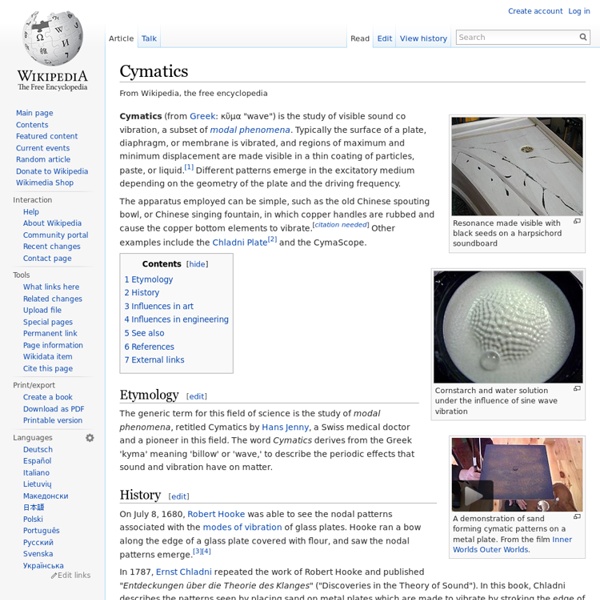Cymatics

photo technique magazine
Photigy : Studio Photography | Where passion meets profession
Art of Mike Mignola
Christophe Segura
is a digital illustrator based out of Montpellier, France. More works here. digitalfrancemontpellier Carolin Hello, I'm a 26-years old drama queen based in Frankfurt, Germany. You may also like Be first to comment Feeling lucky? Random Post Recent Posts get featured submit your work Categories
art, sporadically | all things visually interesting
Color Theory for Designers, Part 1: The Meaning of Color
colourcode - find your colour scheme
Models Inc | Elite Model Look
Related:
Related:



